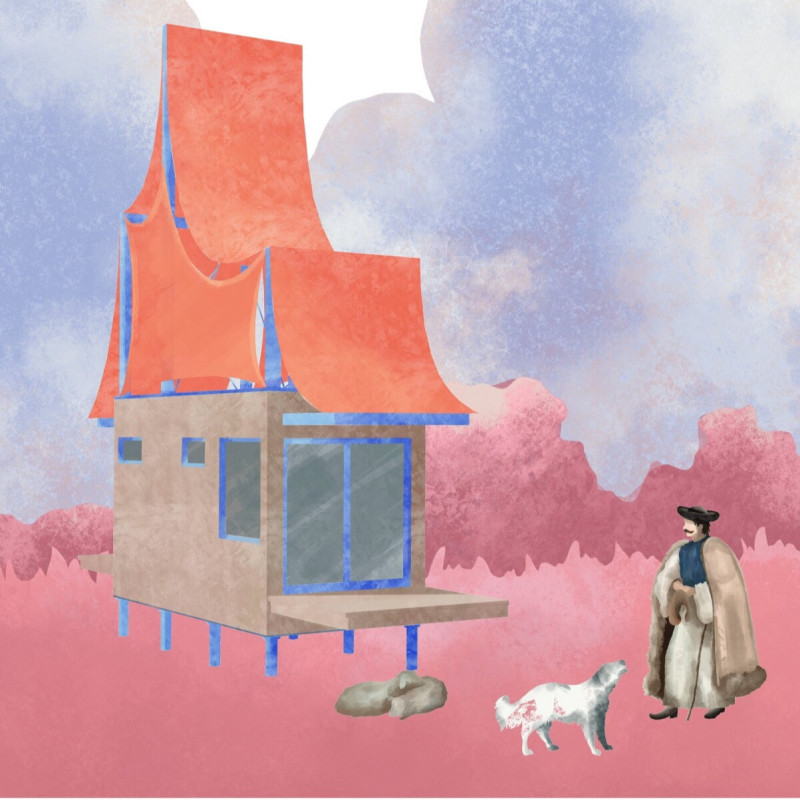5 key facts about this project
This project is fundamentally designed to support diverse functions, from residential living to community gathering, offering a flexible environment that can adapt to varying needs. The layout encourages interaction among users, with open communal areas that foster a sense of belonging and connection. The architects have carefully considered the spatial organization, ensuring that each element contributes to a cohesive flow throughout the building, enabling seamless transitions between private and public spaces.
In terms of materiality, the project showcases an impressive selection of resources that reflect a balance between durability and aesthetics. Reinforced concrete forms the backbone of the structural framework, offering the necessary strength to support expansive interior spaces. Steel components enhance the overall stability while allowing for innovative design possibilities, such as large openings that invite natural light. The use of low-emissivity glass not only minimizes energy consumption but also enhances visual connectivity with the surrounding landscape, a crucial aspect of the project’s philosophy.
Sustainable wood is introduced as a key element in finishes and accents throughout the interior, contributing warmth and texture that invites occupants to engage with the space. The terracotta tiles, sourced locally, are a nod to traditional craftsmanship and help the building resonate with its cultural backdrop, all while providing an efficient and environmentally friendly option for flooring. Additionally, the integration of green roof systems showcases a dedication to ecological responsibility, contributing to biodiversity and effective rainwater management on-site.
What sets this project apart are the unique design approaches that have been employed. There is a clear emphasis on biophilic design principles, prioritizing natural light and ventilation, which cultivates a healthy living environment. The architects have not only focused on the physical aspects of the building but have also integrated psychological elements, creating spaces that promote well-being through their design. The open-plan areas allow for adaptability, making it possible to host events, workshops, and other communal activities while also providing quiet zones for personal reflection or study.
Moreover, the design and arrangement of greenery throughout the site are strategic and intentional, enhancing both the aesthetic and environmental quality of the project. This focus on landscaping not only accentuates the building but also supports the ecological health of the area, encouraging local wildlife and enhancing the microclimate around the structure.
The outcome of these design considerations is a coherent architectural statement that serves as a beacon for contemporary design while respecting its historical context. The thoughtful relationship between interior and exterior spaces fosters a sense of openness and inclusivity, inviting users to explore and engage with their surroundings. Each detail, from the layout to material choices, reflects a high level of craftsmanship and an understanding of the user experience, demonstrating a clear alignment with modern architectural principles.
This project stands as a testament to the effectiveness of integrating innovative design with community-centric values. The blend of functionality, sustainability, and cultural reflection offers an exemplary model for future architectural endeavors. Readers interested in further exploring the depth of this project are encouraged to delve into the architectural plans, sections, and designs presented, as these elements provide a richer understanding of the thoughtful ideas that shaped this distinctive architectural work.


 Hajnalka Juhasz
Hajnalka Juhasz 























